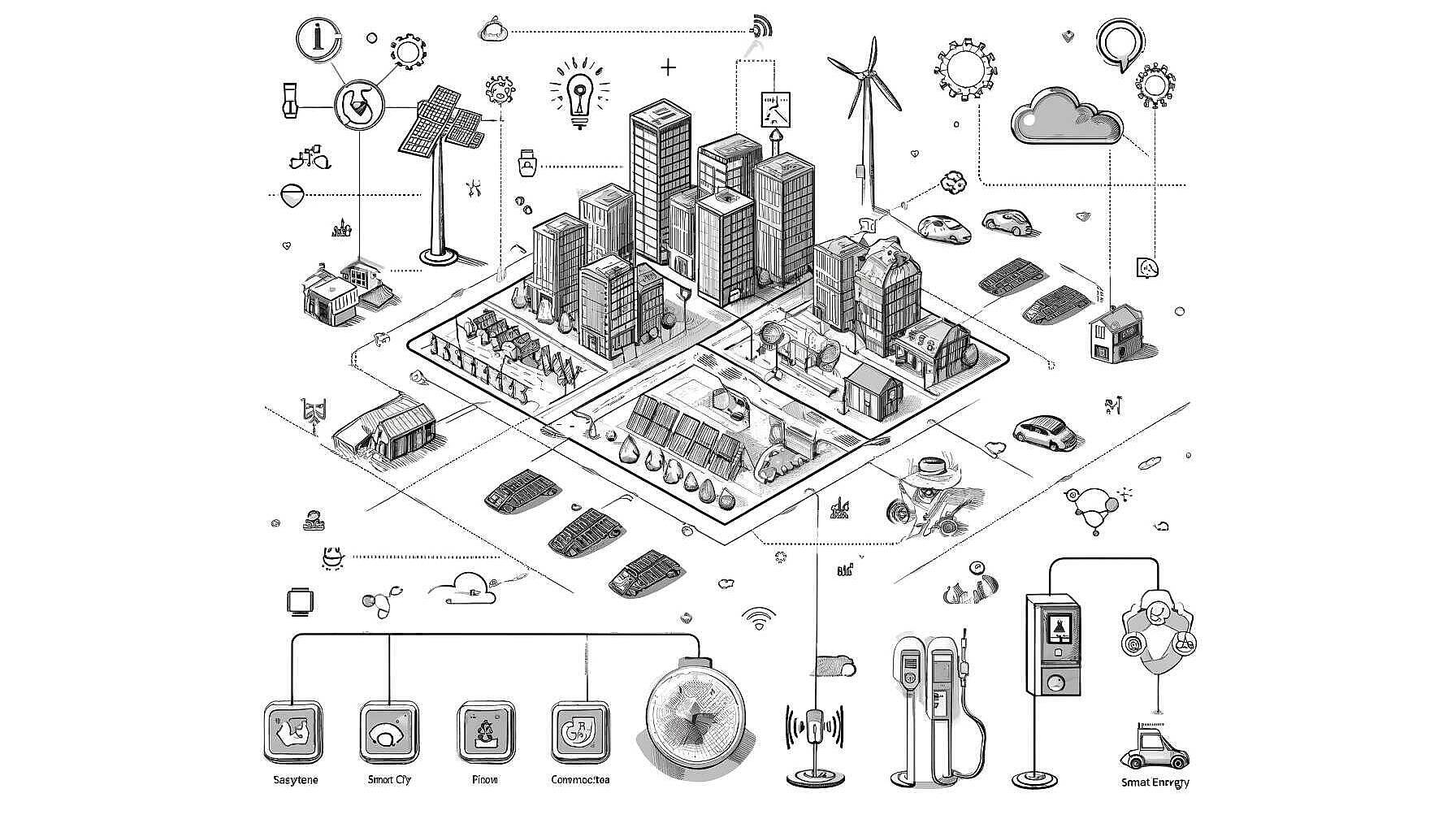 Buildings & Transport
Buildings & TransportRevolutionizing Urban Living: Insights from the STARDUST Project
Summary
The STARDUST project facilitates the transformation of cities into sustainable, smart urban environments, focusing on integrating intelligent solutions in the energy, mobility, and ICT sectors. It is conducted through lighthouse cities—Pamplona, Tampere, and Trento—that develop, validate, and innovate solutions, with follower cities—Cluj-Napoca, Derry, and Kozani—adapting these solutions. Pamplona reduced CO2 emissions by implementing renewable energy initiatives, Tampere decreased emissions by 29% since 1990 with a focus on carbon neutrality, and Trento strives to reduce CO2 emissions by 40% by 2030 while emphasizing sustainable mobility. Challenges encountered included technological integration, regulatory barriers, and fostering public engagement. Replicability and adaptation to local contexts were key in each follower city's approach to maximizing energy efficiency and implementing smart infrastructure. The project established business models and financial schemes, like PPPs and impact investing, to support smart city transitions. Key performance indicators like Payback Periods and ROI were essential for assessing financial viability. The STARDUST project’s lessons and best practices serve as a model for other cities moving towards sustainability.
Open full article
Revolutionizing Urban Living: Insights from the STARDUST Project
Harnessing Innovation for Sustainable Cities
The STARDUST project, a pioneering initiative under the European Commission's Smart Cities Marketplace, has been at the forefront of transforming cities into sustainable, energy-efficient, and smart urban environments. This summary explores the key findings, lessons learned, and innovative business models detailed in the STARDUST Best Practices Book.
The STARDUST Vision and Lighthouse Cities
A Glance at STARDUST
The STARDUST project focuses on integrating intelligent solutions across energy, mobility, and ICT sectors to create sustainable and livable cities. It operates through "lighthouse cities" - Pamplona, Tampere, and Trento, which develop and validate innovative solutions, and "follower cities" - Cluj-Napoca, Derry, and Kozani, which adapt and replicate these solutions.
Lighthouse Cities Leading the Way
Pamplona has made significant strides in renewable energy, reducing CO2 emissions by 15.6% from 2005 to 2018 and setting ambitious goals for 2030. The city has implemented various initiatives, including district heating networks using forest biomass and solar-powered fast-charging stations for electric taxis.
Tampere aims to be carbon-neutral by 2030, having already reduced emissions by 29% since 1990. The city has developed a comprehensive Climate Neutral Tampere 2030 Roadmap, including actions like biogas plants and energy-efficient public transportation systems.
Trento, recognized for its quality of life and sustainability efforts, has committed to reducing CO2 emissions by 40% by 2030. The city emphasizes sustainable mobility and innovative energy solutions, supported by a robust research and innovation ecosystem.
Lessons Learned
Navigating Technological, Regulatory, and Social Challenges
Technological Innovations
In Pamplona, the installation of smart grids and electric bus lines highlighted the importance of integrating backup battery systems to avoid electricity peaks during recharging. Similarly, the development of a hydrothermal heat pump system with photovoltaic integration demonstrated the potential of combining renewable energy sources for efficient building heating and cooling.
Regulatory Hurdles
Cities faced challenges due to changing legislation, which affected the implementation timelines and financial planning of sustainable projects. Flexibility and responsiveness to regulatory changes were crucial for successful project execution.
Social Engagement
Effective public engagement and communication were essential in fostering trust and acceptance of new technologies. For instance, Pamplona's Entrepreneurial Discovery Process involved local startups in developing smart city solutions, promoting innovation and community involvement.
Replicability
Adapting Best Practices to New Contexts
Derry
Derry's exploration of district heating systems, inspired by Pamplona, underscored the importance of identifying local surplus heat sources and considering various business models. The city also evaluated the potential of smart metering systems, prioritizing high energy consumption buildings to maximize efficiency.
Kozani
Kozani focused on enhancing energy efficiency in public buildings and implementing autonomous vehicle charging stations using photovoltaics. The city's mathematical simulation model for district heating optimization showcased the potential of smart control strategies like peak shaving and load shifting.
Cluj-Napoca
Cluj-Napoca's initiatives included expanding EV infrastructure, improving the energy efficiency of public buildings, and promoting non-polluting public transportation. The city's experience highlighted the need for strategic investment in charging stations and comprehensive feasibility studies for public transport projects.
Innovative Smart Business Models
Empowering Cities with Sustainable Financial Solutions
Business Models and Financial Schemes
STARDUST developed and validated various business models and financial schemes to support smart city projects. Key approaches included Public-Private Partnerships (PPPs), green bonds, energy performance contracting, and impact investing funds. These models aimed to leverage both public and private investments to drive urban sustainability.
Exploitation Strategies
Identifying and prioritizing exploitable results was critical for extending the impact of project outcomes. STARDUST emphasized the role of SMEs in driving innovation and highlighted the importance of protecting intellectual property rights to optimize commercialization strategies.
Key Performance Indicators (KPIs)
Monitoring KPIs such as Simple and Discounted Payback Periods, Return on Investment (ROI), and Net Present Value (NPV) provided valuable insights into the financial viability and impact of various interventions. These metrics guided the optimization of business scenarios for future replication.
Conclusion
The STARDUST project has demonstrated the transformative potential of smart city initiatives in achieving sustainable urban development. By leveraging innovative technologies, engaging stakeholders, and developing robust business models, the project has paved the way for cities to become more resilient, efficient, and livable. The lessons learned and best practices outlined in this booklet provide a valuable roadmap for other cities seeking to embark on their own smart city journeys.
-----------
This is a summary of project STARDUST handbook compiling its best practices to assist other cities and stakeholders in learning from the project's experiences across six countries. You can find the full handbook here

EEIP AI policy I AI assisted = AI provides initial drafts, ideas, or specific sections, which are then refined and edited by humans



